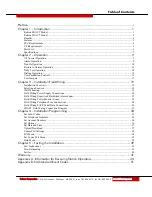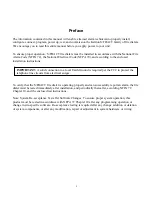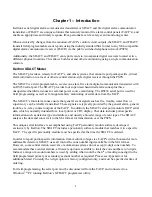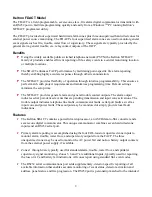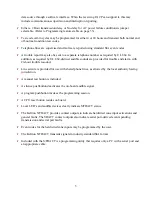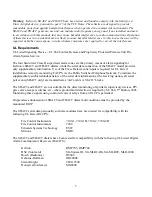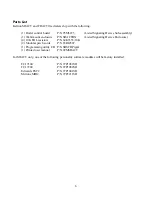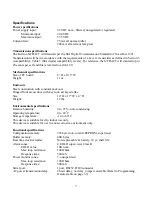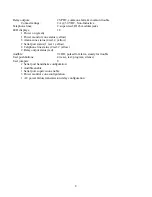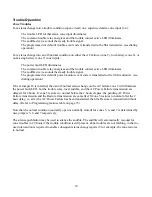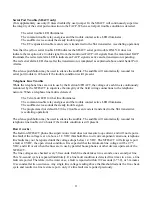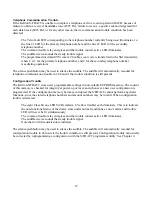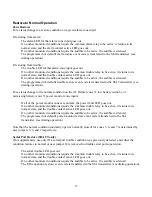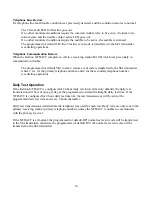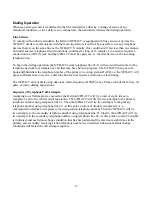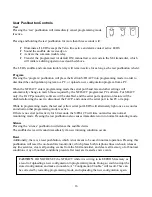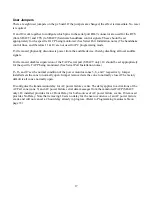
3
data source through a software interface. When the receiving FACP can support it, this may
include communications supervision and interruption reporting.
Either a 2 Hour transmission delay or No delay for AC power failure conditions is jumper
selectable. (Refer to Programming features table on page 33)
Test code call-in cycles may be programmed for either 4 or 24 hours and transmit both normal and
off-normal condition test codes.
Telephone lines are supervised and faults are reported using standard SIA event codes.
A trouble report may also be sent to a separate telephone number as required by UL 864. In
addition, as required by UL 864, distinct audible sounds are provided for trouble and alarm, with
24-hour trouble resound.
Line seizure is provided for use with shared phone lines, as allowed by the local authority having
jurisdiction.
A manual test button is included.
A silence pushbutton deactivates the on-board audible signal.
A program pushbutton invokes the programming session.
A CPU reset button resides on board.
Local LED’s and audible devices clearly indicate S/FDACT status.
The Keltron S/FDACT provides contact outputs to indicate hardwired zone input activations and
general faults. The SDACT contact outputs also indicate serial port-derived events pending
transmission and serial port faults.
Event codes for the hardwired zone inputs may be programmed by the user.
The Keltron S/FDACT transmits signals in industry standard SIA format.
Included with the S/FDACT is a programming utility that requires only a PC with a serial port and
an appropriate cable.



